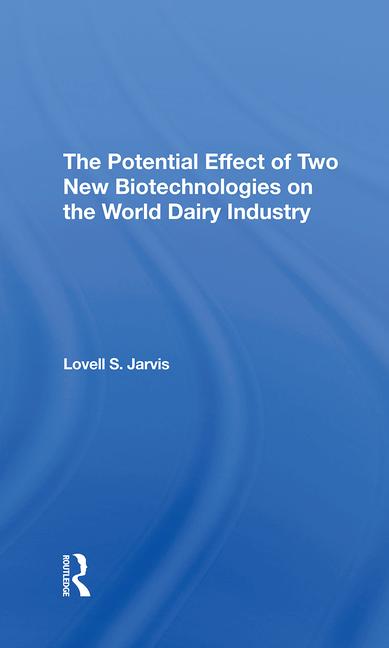Plant proteins: The Dairy industry's best strategy may be to complement these emerging sources

Sales of Greek yogurt (which has roughly double the protein of regular yogurt) skyrocketed in the United States from 2010 to 2014, but show signs of flattening in 2015. High-quality dairy proteins will face some serious competition in the coming years from a variety of emerging plant proteins with lower quality and lower price tags. But dairy will likely continue to dominate specific categories, including beverages, sports nutrition and Greek yogurt. Dairy proteins may find opportunities in new niche markets.
Who needs more protein?
There’s ongoing debate over whether Americans currently get enough protein. But the scientific evidence supports the benefit of added protein for older adults and athletes, and the role of higher-protein diets in helping reduce the risk of obesity, cardiovascular disease, type 2 diabetes, osteoporosis and sarcopenia. Let’s look at the protein needs of various groups in the population.
The elderly. Higher levels of protein can protect against sarcopenia, the progressive loss of muscle in elderly individuals. Sarcopenia begins around age 40. Recent clinical trials have looked at the effects of added dietary protein on muscle protein synthesis in individuals in their 70s. In the United States, more than 40% of women over age 70 consume less that the RDA for protein. Euromonitor International data show that interest in products with the claim “contains protein” is highest for young consumers (ages 20 to 29), rises again in the 50s as individuals start to feel the effects of aging, and drops off sharply after age 59. Food manufacturers should market protein-fortified foods across the age spectrum and find ways to reach older women with low protein intakes.
Athletes. A 2014 Euromonitor International study indicated that the world market was $2 billion for protein supplements and $7 billion for protein sports nutrition products. One advantage of whey protein is its superior digestibility and rapid dissemination to muscles. Athletes consume large quantities of protein supplements and fortified foods after exercise.
“But amino acids are wasted if the protein hasn’t been hydrolyzed to a level of molecular weight that it can be digested in the small intestine,” explained John Davidson, director of product development with Deerland Enzymes. The company’s proprietary enzyme blend has been tested in two clinical trials and may be helpful for athletes who have difficulty digesting large doses of protein. A recently released study by Ganeden showed that its probiotic GanedenBC30 can also increase protein utilization.
Individuals managing their weight. Euromonitor also found that the worldwide market for meal replacement or slimming products is $7 billion. Several recent meta-analyses, including one reviewing 32 clinical trials involving over 3,500 individuals, concluded that higher-protein diets enhance lean body mass gains, promote “high-quality” weight loss during caloric restriction and can help individuals maintain weight loss and manage type 2 diabetes.
Babies. The protein-fortified Greek yogurt sector accounts for roughly 40% of the $7-billion-plus market in the United States, according to Innova Market Insights. Manufacturers are scrambling to find new niches in this category.
Plant versus animal protein
Dairy will find significant competition in the protein sector from a variety of plant proteins. Cost and interest in sustainability will fuel this competition. Emerging plant proteins include pea, rice, canola, flaxseed, chia and even insect proteins. Some of these proteins claim to be allergen-free, but almost any protein has the potential to become an allergen, according to Steve Taylor, Ph.D., of the Food Allergy Research & Resource Program at the University of Nebraska-Lincoln. Companies that incorporate these novel proteins will need to carefully manage these ingredients in the plant environment and on the product label.
A recent addition to the dairy protein lineup is micellar casein concentrate (MCC). Potential commercial applications of MCC are in shelf-stable beverages and smoothies, and protein fortification of dairy foods. At this year’s IFT Show, the U.S. Dairy Export Council showed a prototype chai protein pudding with MCC, an example of a protein-fortified snack food.
Combining dairy with plant proteins can create the perfect protein.
“The clean appeal of plants and the rich amino acid profile of dairy protein offer a holistic protein source whose synergistic effects deliver higher nutritional and functional value in the total formulation. With the high-protein trend now dominating every food category, healthy snacks and beverages are dominating as consumers seek protein’s satiety and nutritional effects throughout the day,” said Anne Brown, General Manager, Next Generation Grains, Glanbia Nutritionals.
In many categories, especially bars and snack foods, dairy’s best strategy may be to learn to complement emerging plant proteins.
Looking for a reprint of this article?
From high-res PDFs to custom plaques, order your copy today!










